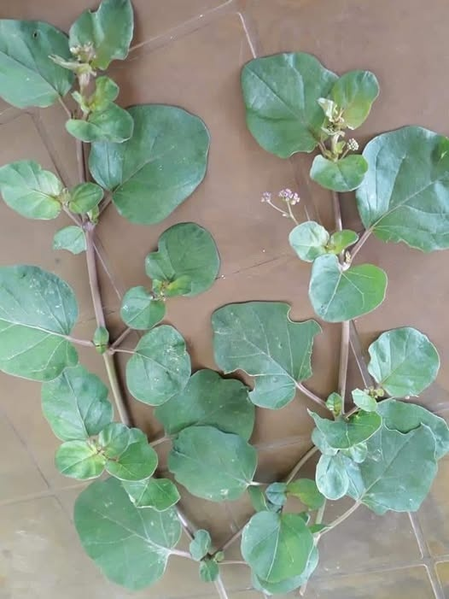New Delhi, 4 July (IANS). There are precious treasures hidden in nature that cannot be compared to a synthetic product, and Saththi is one of them. It is also known as “spreading hogvid”, which reflects the nature of its ground. This plant is widely found in India and has been used in traditional Ayurvedic medicine for centuries to treat various diseases.
It is also called “Santhi” or “Lal Santhi”, while its scientific name is ‘Triathema Portulakastram’. Its medicinal properties are incredibly powerful. This is especially no less than a boon for those whose liver has become weak due to pain reliever and excessive intake of steroids. It has many local and regional names, including Pasale Sopu (Kannada); Ambatimadu (Telugu); Puruni, Purini Sago (Oriya); Shwetmula, Unthaki (Sanskrit); Punarnava (Marathi); And Mukarratai (Tamil).
The Sushruta Samhita mentions the santhi as diuretics. It is also used to compete with inflammation, digestive problems and other diseases. The use of its roots removes liver problems. An irregular menstrual problems in asthma and women also treat problems. The decoction of the root powder is also taken in the problems of sexual discharge.
It contains fiber, which helps to boost the metabolism of the body. At the same time, doctors say that people who want to lose weight can consume a limited amount of santhi. Its use controls the level of glucose in the blood, which can prevent diabetes. Its antidiabic properties help to control blood sugar.
Due to the muscular nature of the leaves, they are used to heal wounds in the form of wound-pattis or poultry. This plant has also been used to get rid of fever, arthritis, skin diseases and digestive problems.
Bioactive compounds such as flavonoids, alkaloids, and glycosides present in the santhi increase its medicinal properties, making it useful for both pharmaceutical and cosmetic applications.
-IANS
NS/KR









